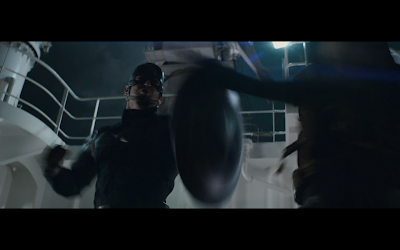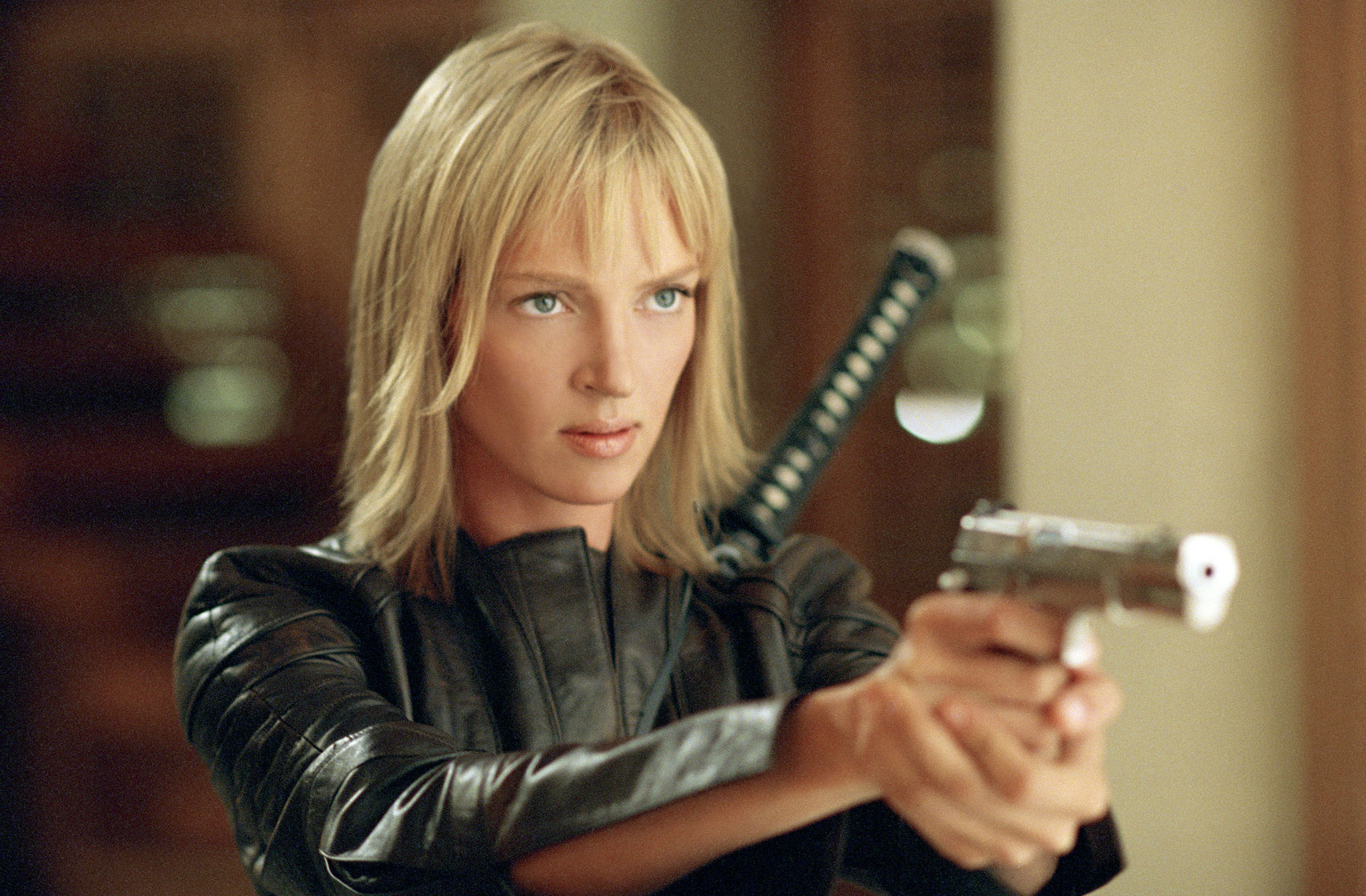Similarly to the opening of 'Se7en' the key conventions used have an affect of building suspense; suggesting this will be very important in the opening of our thriller. Therefore despite the narrative, sound, and tone being differing between each thriller, as the opening builds suspense it can be classed as a thrilling opening.
Opening Sequence analysis to "The Winter Solider"
"The Winter Solider" is a recent example of take on the hybrid thriller genre that incorporates both action and thriller conventions order to effectively execute a thrilling story of espionage surrounding a super soldier working for a classified government agency is being hunted for treason.
The opening sequence to the film occurs during a search & rescue mission aboard a ship occupied by french pirates.
Directors Antony & Joe Russo boldly presented the audience with an introduction to the protagonist of the film whilst teasing the direction of the story whilst keeping the audience engaged and entertained throughout the duration of the sequence; effectively conveying its hybrid tones of action and suspense.
The ways in which the film-makers achieves their inclusions on not only the thriller genre but on action and suspense which they emulated through various techniques.
By adjusting digetic sounds such as footsteps by lowering the volume this allows the protagonist to seem as if he is sly and anonymous; it creates suspense due to the fact that the audience are witnessing the acts committed in the scene through the protagonist's perspective.
There by increasing the level of audio of the digetic sounds at a moment for example when the protagonist is in a conflict between the pirates, the sudden and thrilling impact of the physical punches or kicks are then emphasised a great deal due to the built up of anticipation and tension building to such a moment then plays a toll on the way in which the audience responses which is by being entertained whilst being thrilled at the stealth combat presented on screen.
In my opinion whilst watching this sequence it's most effective use of this technique of playing with digetic sounds was in the brief moment where the protagonist throws blade through a pirate's hand.
The various sounds of the blade flying through the air and its moment on impact were detailed and empathised due to the great deal of silence delivered by the minimal use of non-digetic sounds which ultimately helped exaggerate the harshness and shock of the blade piercing through the pirate's hand.
The ways in which the film-makers presented the action within the sequence is by primarily using medium shots in order to provide the audience with a close view to the harsh and brutal actions being committed which is enforced through the use of quick cuts from shot to shot as a way of emphasising the fast pace of both the sequence and of the fast movements of the protagonist whilst establishing his slick and stealthy manner.
This opening sequence was ultimately effective in regards to providing the audience with teases towards the directions to where the story may be heading whilst driving the audience's attention through thrilling action sequences in order for them to remain engaged; which the directors achieved through clever techniques which I have in fact noticed and realised it's effect towards the representation of the scenes.
Overall this opening sequence was a creative take on the hybrid thriller genre infusing both thriller with action.





















.jpeg)
.jpeg)














